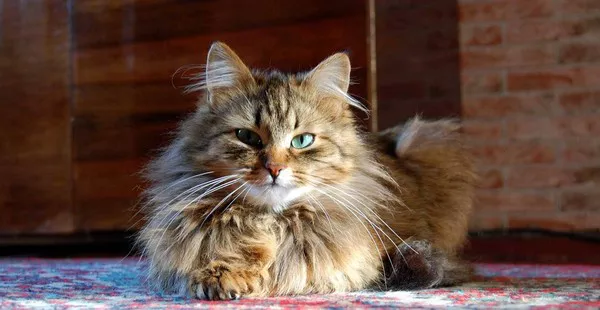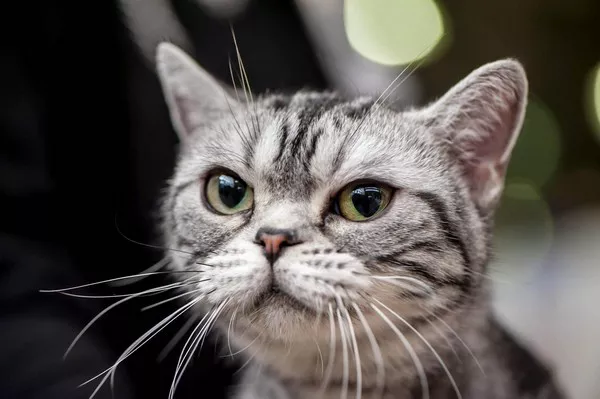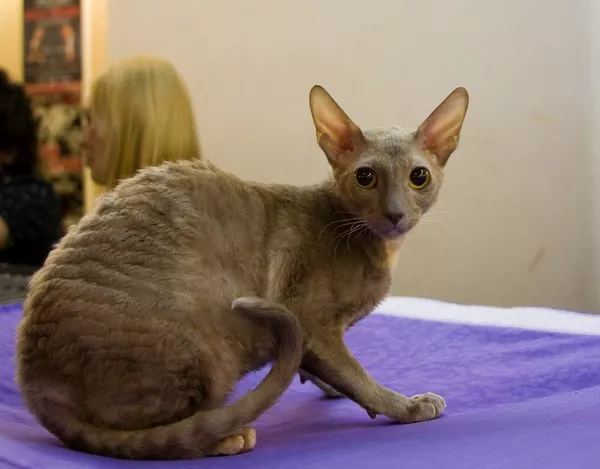Norwegian Forest Cats, renowned for their majestic appearance and gentle demeanor, are often subject to misconceptions regarding their temperament, particularly regarding aggression. In this article, we delve into the truth behind the myth, exploring the behavior and characteristics of Norwegian Forest Cats to determine whether aggression is a common trait among these feline companions. Additionally, we provide valuable training tips to help foster positive behavior and strengthen the bond between cat and owner.
Exploring the Temperament of Norwegian Forest Cats
The Gentle Giants:
Sweet-Natured and Affectionate: Contrary to popular belief, Norwegian Forest Cats are known for their sweet and affectionate nature. They form strong bonds with their human companions and enjoy spending time in their presence, whether cuddling on the couch or lounging in a sunny spot by the window.
Playful and Curious: Norwegian Forest Cats possess a playful and curious disposition, often retaining their kitten-like energy well into adulthood. They enjoy interactive play, exploring their surroundings, and engaging in activities that stimulate their physical and mental faculties.
Loyal and Devoted: Norwegian Forest Cats are fiercely loyal to their family members and exhibit a strong sense of devotion. They may display protective behaviors, especially towards their territory and loved ones, but genuine aggression towards humans is rare and typically only occurs in response to perceived threats or stressors.
Understanding Aggression in Cats
Root Causes of Aggression:
Fear and Anxiety: Aggression in Norwegian Forest Cats can stem from fear or anxiety, particularly in unfamiliar or stressful situations. Identifying and addressing the underlying triggers of fear or anxiety can help mitigate aggressive behavior.
Territoriality: Like all cats, Norwegian Forest Cats have a natural instinct to defend their territory. Aggression towards other animals or humans may occur if they feel their territory is being threatened or invaded.
Medical Issues: Aggression can also be a sign of underlying medical issues, such as pain, discomfort, or illness. It’s essential to rule out any medical causes before addressing behavioral issues.
Training Tips for Norwegian Forest Cats
Positive Reinforcement:
Reward Good Behavior: Use positive reinforcement techniques to reward desired behaviors, such as using treats, praise, or interactive play. This helps reinforce positive associations and encourages your cat to repeat the desired behavior.
Consistency is Key: Be consistent in your training approach and expectations. Set clear boundaries and rules for behavior, and enforce them consistently to avoid confusion.
Redirect Aggressive Behavior: If your Norwegian Forest Cat exhibits aggressive behavior, such as hissing, growling, or swatting, redirect their attention to a more appropriate behavior or activity. Offer a toy or treat to distract them and encourage them to engage in a more positive behavior.
Desensitization and Counterconditioning: Gradually expose your cat to situations or stimuli that trigger aggression, such as unfamiliar people or loud noises, while providing positive reinforcement and rewards. This helps desensitize them to the triggers and create positive associations.
Creating a Harmonious Environment
Environmental Enrichment:
Provide Vertical Space: Norwegian Forest Cats enjoy perching on high vantage points to survey their surroundings. Provide tall cat trees, shelves, or window perches to satisfy their climbing instincts and give them a sense of security.
Interactive Play: Engage your Norwegian Forest Cat in interactive play sessions using toys, such as feather wands or laser pointers, to provide mental stimulation and exercise. Regular play sessions can help alleviate boredom and reduce the likelihood of behavioral issues.
Create Safe Spaces: Ensure your Norwegian Forest Cat has access to quiet, secluded areas where they can retreat and relax when feeling overwhelmed or stressed. Provide cozy hiding spots, such as covered beds or enclosed cat condos, where they can retreat and feel secure.
Conclusion
Norwegian Forest Cats, with their regal appearance and gentle demeanor, are beloved companions cherished by cat enthusiasts worldwide. While misconceptions about their temperament may persist, these majestic felines are not inherently aggressive but rather sweet-natured and affectionate companions. By understanding their unique characteristics, providing appropriate care and enrichment, and implementing positive reinforcement training techniques, we can foster harmonious relationships with Norwegian Forest Cats and appreciate them for the loyal and devoted companions they truly are.
FAQs:
1. Do Norwegian Forest Cats like to be held?
Norwegian Forest Cats, known for their affectionate nature, often enjoy being held but individual preferences may vary. While some may tolerate being held for short periods, others may prefer to be near their owners without being physically restrained. It’s important to respect your cat’s boundaries and body language when attempting to hold them. Gradually introduce the idea of being held by offering treats and positive reinforcement, and observe their response. If your Norwegian Forest Cat shows signs of discomfort or stress, such as squirming, vocalizing, or trying to escape, it’s best to respect their wishes and refrain from holding them. Instead, focus on bonding with them through other forms of interaction, such as petting, grooming, and interactive play.
2. What are the disadvantages of a Norwegian Forest Cat?
While Norwegian Forest Cats are beloved for their gentle demeanor and striking appearance, there are some potential disadvantages to consider before bringing one into your home. Firstly, their long, dense fur requires regular grooming to prevent matting and tangles, which can be time-consuming and may require professional grooming services. Additionally, Norwegian Forest Cats are known for their independent streak and may not always be receptive to training or obedience commands. They also have a strong prey drive and may be prone to chasing small animals or birds if given the opportunity, making them less suitable for households with small pets. Lastly, their large size and energetic nature may require ample space and opportunities for exercise and enrichment, such as tall cat trees, interactive toys, and outdoor access in a safe and secure environment.
3. Do Norwegian Forest Cats talk a lot?
Norwegian Forest Cats are known for their vocal tendencies and may be more talkative compared to other breeds. They often communicate through a variety of vocalizations, including meowing, chirping, trilling, and purring, to express their needs, desires, and emotions. While some Norwegian Forest Cats may be more vocal than others, individual preferences and personalities vary. Some may be content to observe quietly from a distance, while others may enjoy engaging in conversation with their owners or vocalizing their opinions on various matters. It’s essential to pay attention to your cat’s vocal cues and body language to understand their communication style and respond accordingly. Providing ample opportunities for interaction, enrichment, and socialization can help satisfy your Norwegian Forest Cat’s need for mental stimulation and reduce excessive vocalization.


























